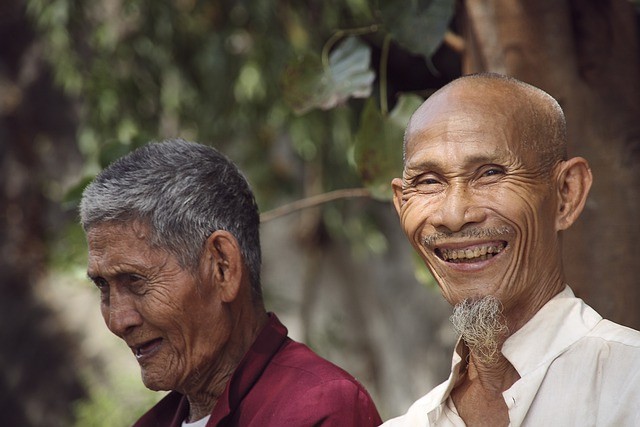
Male pattern baldness and hair loss affect up to half of middle-aged male Caucasians, and almost all Caucasian men when they reach the old age according to a study. However, historically, Asian men, particularly East Asian males, have the lowest hair loss incidence in the world are now experiencing a sharp increase due to changing lifestyles.
Less than 3 percent of men aged 18-29 and just over 13 percent of men in their 30s have experienced male pattern baldness, based on a study in six Chinese cities in 2010. A 2001 study conducted in South Korea analyzed 5531 Korean males and 4601 females, and the results have shown that the prevalence of androgenetic alopecia or male pattern baldness at all ages in the country was 14.1 percent. Hair loss also steadily increased as men aged, but it was still lower than Caucasians, with 2.3 percent of males in their 30s, 4 percent in their 40s, 10.8 percent in their 50s, 24.5 percent in their 60s, 34.4 percent in their 70s, and 46.9 percent when males are over 70.
In a 2012 study, Japanese men were also identified to develop male pattern baldness almost ten years later than their European counterparts, and that the prevalence of hair loss in these Asian men was 1.4 fold lower in each decade of life.
A population-based cross-sectional survey conducted in Taiwan in 2007 revealed that there is a significant positive association between a person's smoking status and moderate or severe androgenetic alopecia. The prevalence of pattern baldness was affected by a person's smoking status, smoking intensity, and his current amount of cigarette smoking, after controlling for age and family status.
Hair loss now ranks fifth among primary health concerns of Chinese. A survey by the China Association of Health Promotion and Education discovered that around 130 million males were troubled by hair loss. The study found that males within the 20 to 40 years old age group is the principal group experiencing the problem. 1 out of 4 males in the 20-40 age group had some form of hair loss, while men in their 30s were losing their hair quicker than any other age group.
A lot of students in China are also experiencing some degree of pattern baldness or hair loss, according to a survey conducted by Tsinghua University in Beijing. Almost 60 percent of the 4,000 respondents were identified to be suffering from hair loss. Students studying Marxism and the arts were most likely to have hair loss concerns according to the survey.
With the rise in popularity of male idols in East Asian pop culture, the standard of beauty for males include thick hair and boyish looks. A study in the International Journal of Dermatology in Korea found that males with pattern baldness were considered less attractive or older-looking by 90 percent of non-bald respondents. In 2018, a building management company was called out by the Human Rights Commission of Korea as it allegedly rejected an applicant because of his bald head.
As the cases of hair loss increase among Asian men, the hair transplant industry is also booming with revenue. Statistics published in 2019 show that the revenue of the hair transplant industry in China has reached twelve billion yuan or around 1.7 billion US dollars. The increase of pattern baldness in the younger generation will most likely result in a continuing expansion in the market revenue of the hair transplant industry.
© 2025 NatureWorldNews.com All rights reserved. Do not reproduce without permission.





